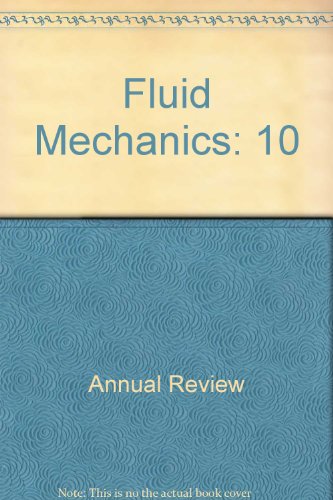海洋-大气界面的传质:波浪破碎、液滴和气泡的作用
IF 30.2
1区 工程技术
Q1 MECHANICS
引用次数: 61
摘要
破碎波调节海洋和大气之间的能量、动量和质量的转移,控制对气候系统至关重要的过程,从二氧化碳和氧气的气体交换到可以在大气中运输并作为云凝结核的海洋喷雾气溶胶的产生。最小的组成部分,即破碎波产生的水滴和气泡,发挥了巨大的作用。这个令人着迷的问题的特点是具有广泛的长度尺度,从风在1 km-0.1 m尺度上的波场到在10-0.1 m尺度上的波破碎动力学;气泡在水柱中的夹带、动力学和溶出(1 m-10 μm);气泡在10 mm-1 μm的状态下破裂,在0.5 mm-0.5 μm的状态下产生海雾,喷射到大气湍流边界层中。我讨论了弥合这些长度尺度的最新进展,确定了控制过程,并提出了一条通向自然地考虑海况影响的海气物质交换的机械参数化的途径。预计流体力学年度评论的最终在线出版日期,第54卷是2022年1月。修订后的估计数请参阅http://www.annualreviews.org/page/journal/pubdates。本文章由计算机程序翻译,如有差异,请以英文原文为准。
Mass Transfer at the Ocean–Atmosphere Interface: The Role of Wave Breaking, Droplets, and Bubbles
Breaking waves modulate the transfer of energy, momentum, and mass between the ocean and atmosphere, controlling processes critical to the climate system, from gas exchange of carbon dioxide and oxygen to the generation of sea spray aerosols that can be transported in the atmosphere and serve as cloud condensation nuclei. The smallest components, i.e., drops and bubbles generated by breaking waves, play an outsize role. This fascinating problem is characterized by a wide range of length scales, from wind forcing the wave field at scales of 𝒪(1 km–0.1 m) to the dynamics of wave breaking at 𝒪(10–0.1 m); air bubble entrainment, dynamics, and dissolution in the water column at 𝒪(1 m–10 μm); and bubbles bursting at 𝒪(10 mm–1 μm), generating sea spray droplets at 𝒪(0.5 mm–0.5 μm) that are ejected into atmospheric turbulent boundary layers. I discuss recent progress to bridge these length scales, identifying the controlling processes and proposing a path toward mechanistic parameterizations of air–sea mass exchange that naturally accounts for sea state effects. Expected final online publication date for the Annual Review of Fluid Mechanics, Volume 54 is January 2022. Please see http://www.annualreviews.org/page/journal/pubdates for revised estimates.
求助全文
通过发布文献求助,成功后即可免费获取论文全文。
去求助
来源期刊
CiteScore
54.00
自引率
0.40%
发文量
43
期刊介绍:
The Annual Review of Fluid Mechanics is a longstanding publication dating back to 1969 that explores noteworthy advancements in the field of fluid mechanics. Its comprehensive coverage includes various topics such as the historical and foundational aspects of fluid mechanics, non-newtonian fluids and rheology, both incompressible and compressible fluids, plasma flow, flow stability, multi-phase flows, heat and species transport, fluid flow control, combustion, turbulence, shock waves, and explosions.
Recently, an important development has occurred for this journal. It has transitioned from a gated access model to an open access platform through Annual Reviews' innovative Subscribe to Open program. Consequently, all articles published in the current volume are now freely accessible to the public under a Creative Commons Attribution (CC BY) license.
This new approach not only ensures broader dissemination of research in fluid mechanics but also fosters a more inclusive and collaborative scientific community.

 求助内容:
求助内容: 应助结果提醒方式:
应助结果提醒方式:


